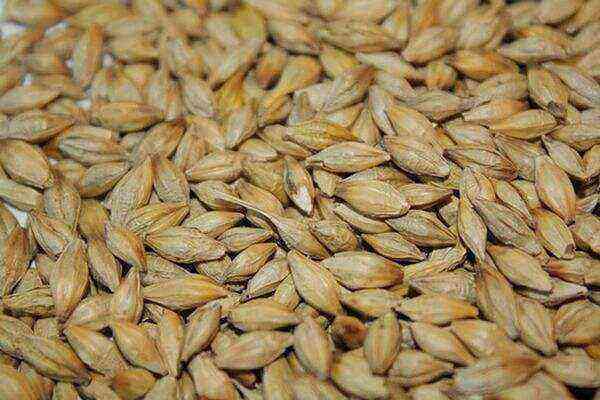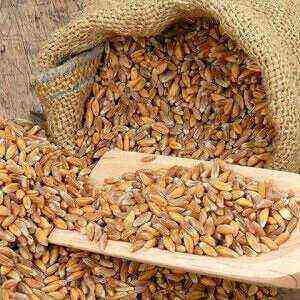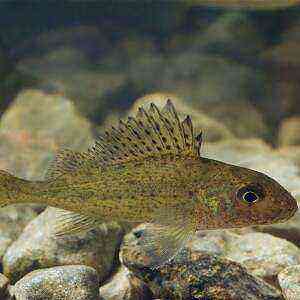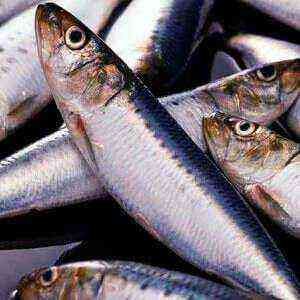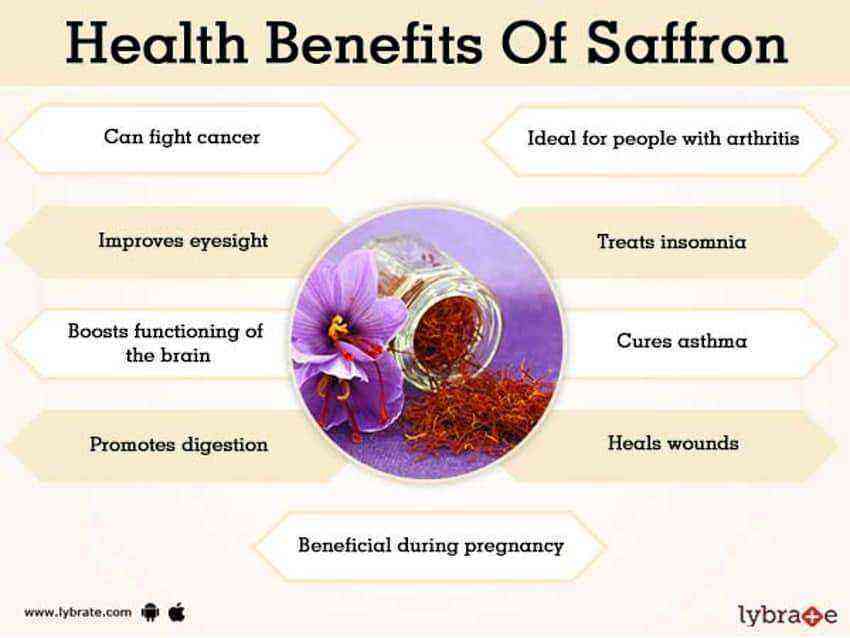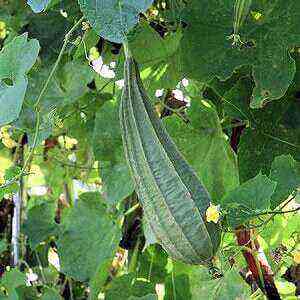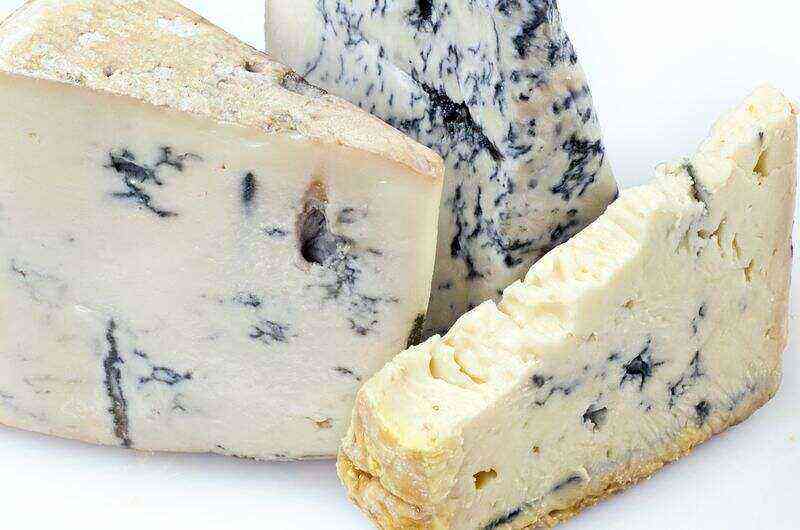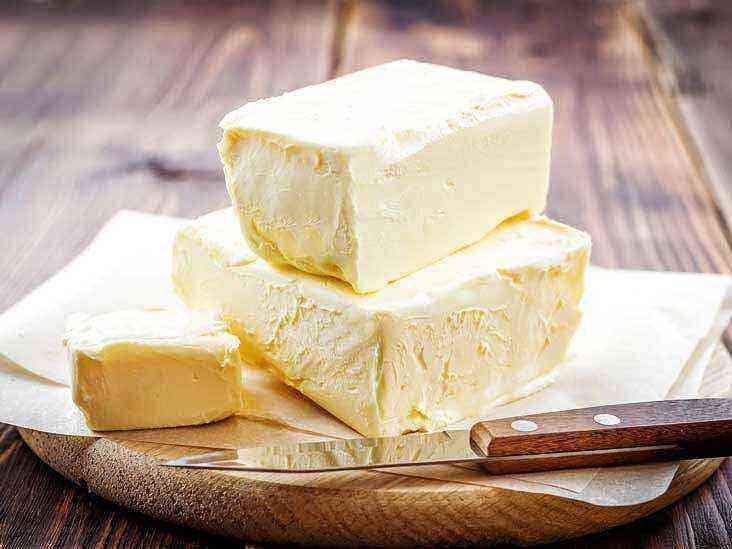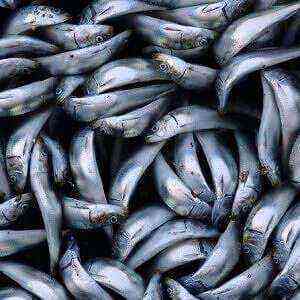
General characteristics
This small fish is widely distributed in the salt waters of the Pacific, Atlantic and Indian oceans. Biologists say that there are around 100 different types of anchovy. As a rule, they move with huge shoals, therefore it is not a big deal for a person to catch them in large quantities.
Many do not like anchovies because of their very salty specific taste. But gourmets joke: all people love anchovies, just some of them still do not know, because they do not know how to cook them.
The nutritional value
Anchovy fillet is rich in protein, vitamins and minerals necessary for the full functioning of the human body. For chemists, anchovies are a combination of calcium, iron, magnesium, phosphorus, potassium, sodium, and zinc. And also a source of vitamins such as thiamine, riboflavin, niacin, folic and ascorbic acids, B12, B6, A, E, K. And these fish also contain fatty acids and cholesterol.
Useful Properties
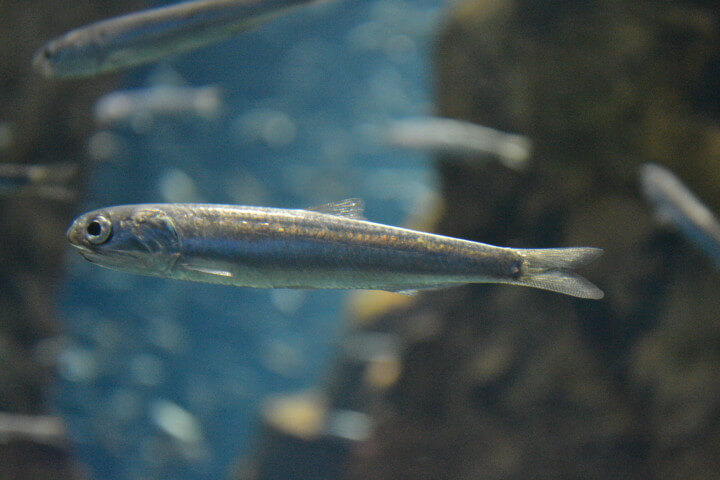
- Iron. 20 g of fresh fish contains about 12 percent of the recommended daily intake for men and 5 percent for women. It is known that iron carries oxygen throughout the body, and is also a necessary element for the production of energy and the maintenance of white blood cells.
- Vitamin A. 100 g of anchovies contain approximately 50000 IU of vitamin A, which is necessary for maintaining healthy eyes, the immune and respiratory systems, urinary tract, intestinal tract, and is also important for bone growth and proper cell development.
- Calcium. 147 mg of this substance can be obtained from a 100-gram serving of anchovies. Regular consumption is healthy bones and teeth.
- Potassium. This element is crucial for maintaining heart function, muscle contraction, and proper digestion. 100 grams of anchovies will saturate the body with 383 mg of useful nutrient.
- Selenium. One serving of small fish will provide the body with 36 micrograms of selenium, which effectively treats cardiac diseases and prevents cancer of the prostate gland, stomach, lungs, and skin.
Impact on the body: the benefits and harm
Healthy heart.
Scientists have found that anchovies contain a large amount of polyunsaturated fats, which can lower bad cholesterol. Therefore, to reduce the risk of coronary heart disease, atherosclerosis, heart attacks, strokes. Omega-3 fatty acids, contained in large quantities in anchovies, prevent the adhesion of cholesterol plaques to the walls of arteries. Researchers say regular consumption of omega-3-rich fish lowers the risk of dying from heart disease by 36 percent. By the way, in 20 g of fresh anchovies there are about 3 g of omega-3 fatty acids, which corresponds to 19 percent of the recommended daily intake for men and 27 percent – from the norm for women.
Calcium and magnesium in fish meat also have a beneficial effect on heart muscle. These elements maintain the correct heart rate and regulate blood pressure. Vitamins B12 and B6 also prevent the occurrence of cardiac diseases, and nicotinic acid reduces cholesterol and triglycerides. By the way, a portion of anchovies provides 19 percent of the daily requirement of niacin, 4 percent – vitamin B12 and 2 percent – vitamin B6.
- Regeneration of cells and tissues.
For scientists, it has long ceased to be a secret that the proteins contained in these small fish activate cellular metabolism, promote tissue regeneration and restore its growth. For this reason, anchovies, being part of the diet, serve as an excellent stimulus for the body to heal itself.
- Healthy skin.
It has already been mentioned that anchovies are a good source of essential fatty acids, in particular Omega-3, cholesterol (“right”), as well as vitamin E, selenium and other minerals. All these nutrients, as well as possible, affect the condition of the skin. And this means only one thing: anchovies as an ingredient in the diet will help keep the skin smooth and healthy in color, prevent the appearance of premature wrinkles. And vitamin E will protect against sunburn, thereby helping to reduce the risk of cancer.
- Strong bones.
The vitamins and minerals found in anchovies provide many benefits to the body. One of them is healthy and strong bones. Calcium, phosphorus and vitamins A and D, which are part of the fish, prevent the development of osteoporosis and other diseases of the bone tissue, strengthen the teeth, keeping them healthy until they are old. By the way, 20 g of anchovies is about 3 percent of the daily calcium intake and about 5 percent of the daily portion of magnesium, which is also important for the formation of the bone matrix.
- Weight loss.
Do you know the benefits of anchovy for obese people? This fish contains a lot of protein and very few calories, which makes it an ideal product for people who want to lose weight. Elevated levels of protein in foods cause a faster saturation of food and prevent overeating. Thus, you can not worry about the consumption of extra calories from anchovies, but at the same time be sure that the body receives most of the necessary nutrients.
But on the other hand, do not forget that anchovies are very salty fish. And salt, as you know, retains excess fluid in the body, and therefore significantly increases the weight (due to edema).
- “No” toxins!
One of the main dangers posed by overconsumption of fish is the mercury and toxins often found in the product. But, as biologists are convinced, there are much less toxic substances in the bodies of small fish. The phenomenon is explained by the short life span of these small inhabitants of the seas (no more than 4 years). Thus, their bodies accumulate much less hazardous substances than sea old-timers. For this reason, anchovy is considered by many to be one of the safest marine fish.
- Healthy eyes.
High doses of vitamin A are easy to obtain by consuming anchovies. This vitamin is known to be a key nutrient for eye health. It prevents macular degeneration, cataracts and some other pathologies.
Warning
Recent studies have shown that anchovies are highly susceptible to parasites. Therefore, to increase safety, it is better to freeze or thermally treat fish before consumption.
In addition, it is important to remember that this salty fish contains elevated levels of sodium, and this contributes to the growth of blood pressure, which for people with cardiac diseases is fraught with serious consequences.
Before selling, anchovies are traditionally salted first. And if 20 grams of fresh fish contains about 20 mg of sodium, then in a similar portion of salted anchovies (namely, they are sold in this form) there is already about 700 mg substance. And this despite the fact that the recommended daily intake of sodium should be around 1500 mg. Therefore, in order to eliminate excess salt, it is advisable to soak the fish in water (about 30 minutes).
Forms of preparation: pickling, canning, pasta

For starters, anchovies are cleaned, washed in brine and allowed to dry. Then lay out the layers of fish in cans, plentifully sprinkling each layer of sea salt. When the container is fully filled, the fish is pressed down with gravity (to eliminate excess fluid and fat). In this form, the billet is stored for at least 2 months and only after that the salted anchovies are ready for use.
Another popular method of storing anchovies is with olive oil. As with the pickle, processing should begin immediately after the catch. Then the fish is cleaned, immersed in brines. After 2 of the month, the anchovy is cleaned to a state of fillet and packaged in cans of olive oil.
In Sicily resort to the method of pickling. To do this, the fish is immersed in white vinegar or in a mixture of lemon juice and olive oil.
Do not like any of the listed ways to store anchovies? You can resort to a radically different method and chop the fish to a paste (ground fish, mixed with salt and oil). This product is often used by Italians, combining, for example, with pizza.
How to eat and store fish
Before use, it is better, of course, to get rid of excess salt. It is enough to rinse the fish under running water. If after washing you do not use the whole product, the residue can be poured with olive oil and stored in the refrigerator for another 5 days. But do not keep the fish in the tin – it will give anchovy a metallic taste. Therefore, it is best to buy exactly as much product as you need for one time.
Anchovies in World Cooking

Other applications
But apart from the component of various dishes, anchovy can also be a component of cosmetics. So at least the Japanese have decided recently. And they began the production of cosmetics based on fish components. They say that masks and creams with anchovy extract have a rejuvenating effect.
In Chile and Peru, anchovies are rarely eaten. There, the main useful purpose of these fish is to fertilize the soil and feed for livestock. Peruvians chop anchovies to a state of flour and add it to their fields or animal feed.
Many people perceive anchovies just as a salty snack for beer and cannot even imagine how useful this small fish is to the body. And in fact, under its silvery shiny scales hides a whole complex of vitamins and minerals, without which a person cannot feel healthy.
 Healthy heart.
Healthy heart.


